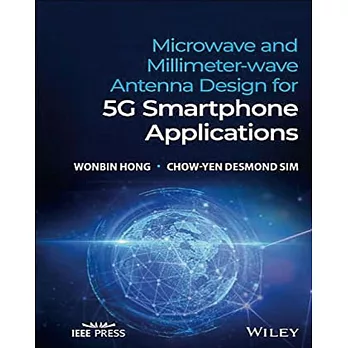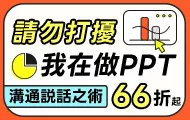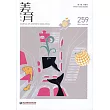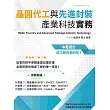Microwave and Millimeter-wave Antenna Design for 5G Smartphone Applications
In-depth and practical coverage of design considerations for 5G antennas
In Microwave and Millimeter-wave Antenna Design for 5G Smartphone Applications, two distinguished researchers deliver a holistic, multidisciplinary approach to antenna design methodologies. The book covers approaches ranging from sub-6GHz microwave to the millimeter-wave spectrum, explaining how microwave and millimeter-wave 5G antennas coexist and function, both independently and collaboratively.
Perfect for antenna, microwave, communications, and radio-frequency engineers, Microwave and Millimeter-wave Antenna Design for 5G Smartphone Applications will also benefit graduate students, policymakers, regulators, and researchers with an interest in communications and antennas.
本書特色
The book offers coverage of key considerations for designing millimeter-wave 5G antennas within space-constrained mobile devices, as well as practical concerns, like cost, fabrication yield, and heat dissipation. Readers will also find explorations of the likely future directions of 5G antenna evolution, as well as:
- A thorough introduction to basic concepts in 5G FR1 Band mobile antenna design, including discussions of antenna placement, element design, and topologies
- Comprehensive explorations of antenna feeding mechanisms and impedance matching, including chassis considerations and effects
- Practical discussions of frequency tunable millimeter-wave 5G antenna-in-package
- Fulsome treatments of compact millimeter-wave 5G antenna solutions and millimeter-wave antenna-on-display technologies for 5G mobile devices



 天天爆殺
天天爆殺  今日66折
今日66折 
























 博客來
博客來 博客來
博客來 博客來
博客來 博客來
博客來 博客來
博客來